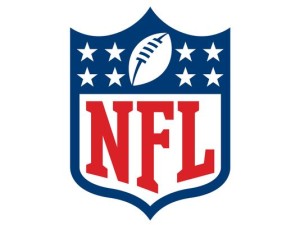 “Moneyball” is so last century. If you’re one of those old-time sports fans who hates metrics like quarterback ratings and WAR, you’re about to be left further in the dust.
“Moneyball” is so last century. If you’re one of those old-time sports fans who hates metrics like quarterback ratings and WAR, you’re about to be left further in the dust.
Major sports — soccer, baseball, and basketball — have been experimenting with technology for the last several years to get deeper into their athletes’ performance. But those sports have been relying on cameras to track players and plays. This season, the NFL will be putting RFID chips into players’ shoulder pads, and using a real-time location system in 17 stadiums. Not coincidentally, 15 of those stadiums are hosting Thursday night games, the ones broadcast by the NFL network.
Chips make particularly good sense for the NFL. Where action in the other three sports is easily seen and tracked visually, lots of important stuff in football happens at the line of scrimmage, where piles of massive bodies obscure sight lines. We wonder if RFID can produce fine enough data to be truly useful — the angle of a blocker’s shoulders, the g-forces of a hit, the speed off the line — but it’s a start. (So would be something to track concussions, but no one seems to be talking about that.)
For now, it appears that the data will be for internal use. But in a business where live broadcasts appear to work hard to replicate what gamers can see on their consoles, it’s only a matter of time before the information will be made available to the guys in the trucks.